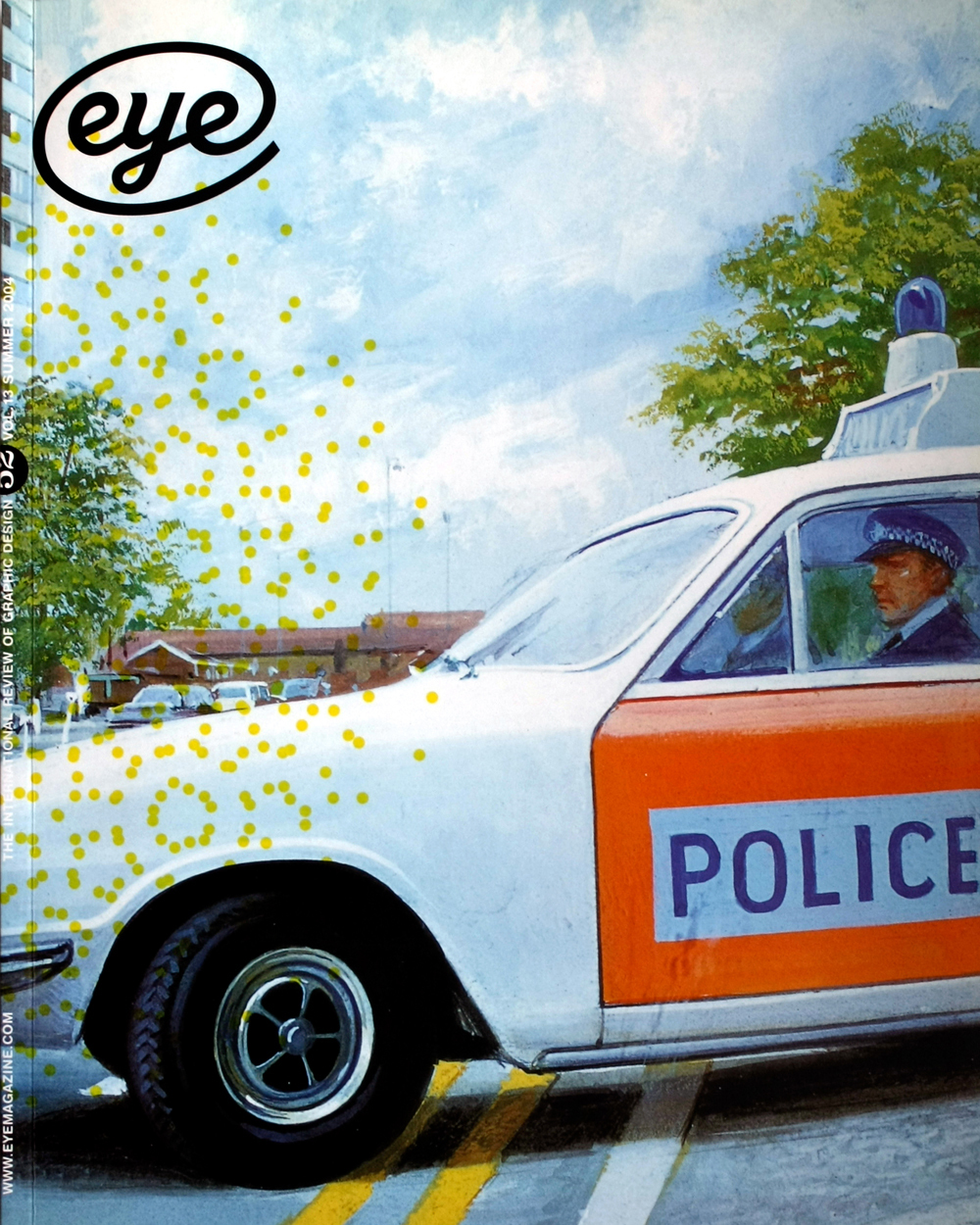Summer 2004
A new understanding of spaces
Type spaces: In-house norms in the typography of Aldus Manutius
By Peter Burnhill, Hyphen Press, £17.50There are many good reasons why the names of Aldus Manutius (1450-1515) and Francesco Griffo (1450-1518) are revered by typophiles. Together they perfected a form of Roman type which informed type design for 200 years, and upon which Bembo was subsequently based. They created the first italic types and they printed books such as the Hypnerotomachia Poliphili, which flaunted their new-found skills as typesetters and designers. Aside from all that, Manutius was a pioneer of mass-market books with his series of octavo classics, produced between 1502 and his death in 1515. Peter Burnhill’s new book suggests that they may also have used a rational, related set of typographic measurements some 200 years before Jean Truchet at the French Royal Academy of Sciences.
The author’s fascination with measurements, meaning and rationality in typographic design go back a long way. In the 1960s and 70s Burnhill was a member of a number of reformist groups in the UK, such as the Typographers’ Computing Working Group and the Working Party on Typographic Teaching. For many years he has owned a copy of one of Manutius’ large octavo classics, Seneca’s Quaestiones Naturales of 1522, and was struck not by the printing – which was rather poor – but by the economical use of one size of type, employed with a very careful use of space to suggest all the structural differences demanded by the text.From that appreciation Burnhill then studied the printing more closely. He realised that on many pages word and other spaces had risen to create an unintentional printed impression, and he began to measure them. He analysed their widths against the line increment and other spatial relationships and found that there was a consistent set of relationships which informed the placement of the type on its body.
Burnhill continued his investigation by studying closely several other books by Manutius. He made enlargements of the pages and measured the height of the risen spaces (picture 1). Taking their height as the body size (leading was not used at this period), he divided that into twelfths and proceeded to see if the other spaces and divisions of the page related in any consistent manner to that. In short, Peter Burnhill found that they did.
In Type Spaces, Burnhill shows how there appears to be a related set of spacing material (like the nineteenth-century Anglo-American thin, mid, thick, en, em); how the division into twelfths could have aided decisions about x-height, cap-height, and baseline alignment of Latin and Greek types for the bi-lingual classics; and how the basic spatial arrangement of type matter on the page is related to the basic em (picture 2).
These findings were originally published as a short paper, ‘Type Spaces’, in Typography Papers no. 4. There, Burnhill’s explanations were beguiling but brief. Since then, the central argument has been re-written, copiously illustrated and given the space it needs.
The book has the straightforwardness of a memorandum. Illustrations are line scans of photocopies. It makes for a simple, understated and fascinating work that raises fresh questions about the typographic norms and working practices of the day. In one respect it seems too good to be true, but there is too much for it to be mere co-incidence and it should prompt much further study of the period. The book also re-affirms the status of Manutius and Griffo, showing just what they achieved with one size of a single typeface to create beautiful and articulate pages.
Phil Baines, designer, tutor of typography, Central St Martins, London
First published in Eye no. 52 vol. 13 2004
Eye is the world’s most beautiful and collectable graphic design journal, published for professional designers, students and anyone interested in critical, informed writing about graphic design and visual culture. It is available from all good design bookshops and online at the Eye shop, where you can buy subscriptions and single issues.

